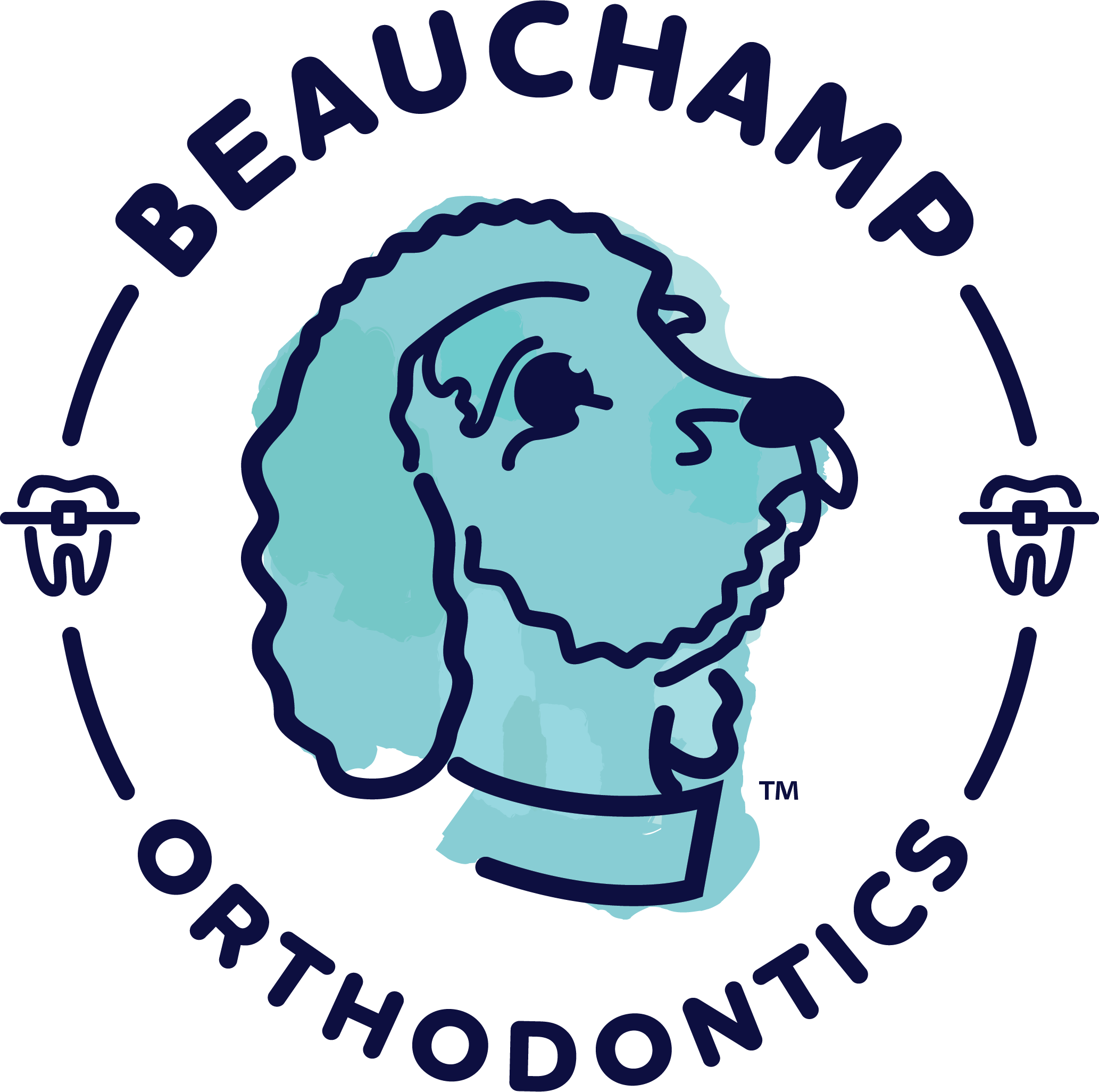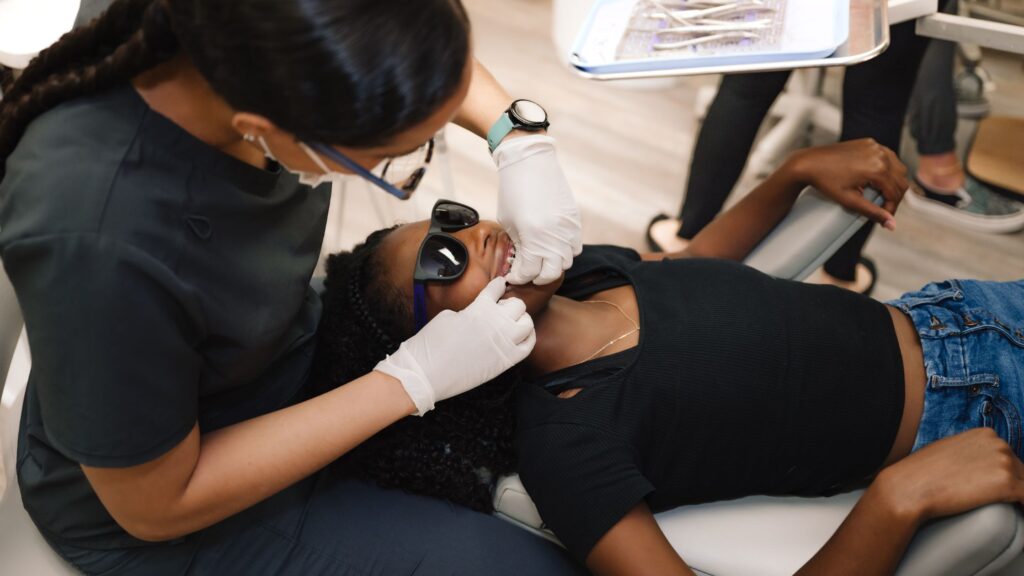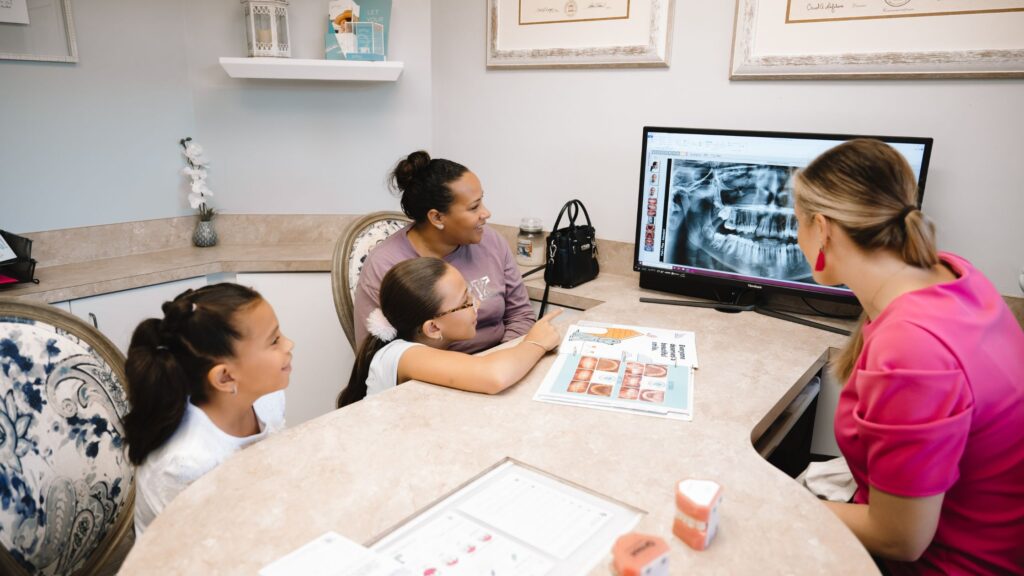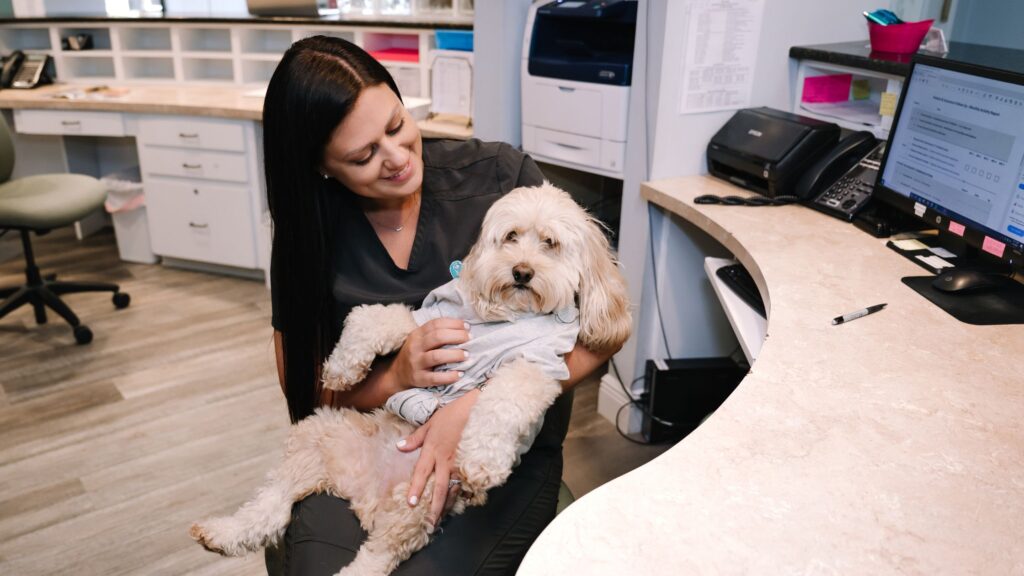Braces are the most familiar orthodontic treatment around. Used by about four million Americans in any given year – including one million adults! – they’ve been delivering reliable, predictable, and safe results for generations. The sooner you get started, the sooner you can see changes in the mirror.
Metal braces are highly effective for patients of all ages. Teens and young adults may see faster results than mature adults do, but virtually all orthodontic problems can be addressed with braces. In fact, it is the orthodontic treatment of choice for the most serious tooth gaps and misalignments.
Once you’ve completed your time with braces, you will most likely need retainers.
What are retainers? In effect, they help teeth retain their healthy, treated position. The main purpose of braces is to gently move teeth into a healthier orientation, using a small amount of pressure maintained over a longer period of time. Once the braces go, retainers ensure that work doesn’t get reversed!
Whether you have braces for six months or a number of years, the basic principle is always the same: Re-aligning teeth so they will stay stronger and healthier over time. Compared to braces, which require a few changes in food selection and dental hygiene, retainers are easy-peasy.
Let’s look at some of the most common questions about retainers after braces:
1. Do All Patients Need Retainers?
Not all patients will need to use a retainer, but the majority of people will. Younger patients are less likely than others to require a retainer. In general, it is safer to start with a retainer right away so you won’t lose any of the orthodontic treatment progress provided by your braces.
When using retainers, you’ll need periodic follow-ups with your orthodontist. Dental x-rays can help your orthodontist determine whether retainers are right for you. For most, not wearing retainers creates a risk that their teeth will reposition over a period of months or years.
2. What Kinds of Retainers Are There?
There are a few different types of retainers. Dr. Beauchamp will help you choose the best one for you.
The most common retainer types are:
Hawley Retainer
The Hawley Retainer was the most common type of retainer for many years. Made from acrylic and metal, it’s shaped a little like a tongue! It is placed in the mouth and uses a special wire to hold teeth into position. It can also be adjusted to accommodate tooth movement. It’s very durable and easy to care for. Most people get used to their Hawley Retainer within a week.
Clear Plastic Retainer
The clear plastic retainer is becoming more and more popular. Just like clear plastic aligners, these are almost invisible in casual interactions. Adults and fashion-conscious teens alike love them. However, they aren’t appropriate for someone with bruxism (teeth grinding), as they can get damaged. It’s important to be gentle with clear plastic retainers since they aren’t quite as durable as traditional Hawley retainers.
Fixed Bonded Retainer
A fixed bonded retainer offers some extra oomph when there’s a reason for the orthodontist to believe a patient’s teeth will migrate away from their treated position over time. These retainers are bonded at the back of teeth. This makes them invisible and keeps them “out of the way,” since they can’t be moved. They are ultimately removed by the orthodontist when treatment is 100% done.
3. Do You Need to Wear a Retainer Forever?
Just like your braces, a retainer is not usually “forever.”
Everyone is different, but the average patient wears a removable retainer for more than 20 hours a day for about the first three months. After that, the schedule changes, and most patients will wear a retainer only at night. It may be necessary to keep wearing the retainer at night long-term.
4. How Do You Keep Your Retainer Clean?
Most retainers are removable. You can take them out to clean them, and some patients do prefer to soak them in distilled water. They can also be cleaned by brushing them when you brush your teeth. Soft-bristled toothbrushes and non-whitening toothpaste are best for retainers.
All the same, bacteria that can develop on teeth will also develop on retainers over time, so remember to keep them clean! If your retainer is ever damaged or discolored for any reason, just reach out to Dr. Beauchamp for advice. Damaged retainers should be replaced as soon as possible. Discolored ones can often be fixed with specialized cleaning tools.
Retainers are convenient to use, and Dr. Beauchamp is the Port Orange orthodontist who makes the whole process even easier. Schedule a consultation today to learn more.



